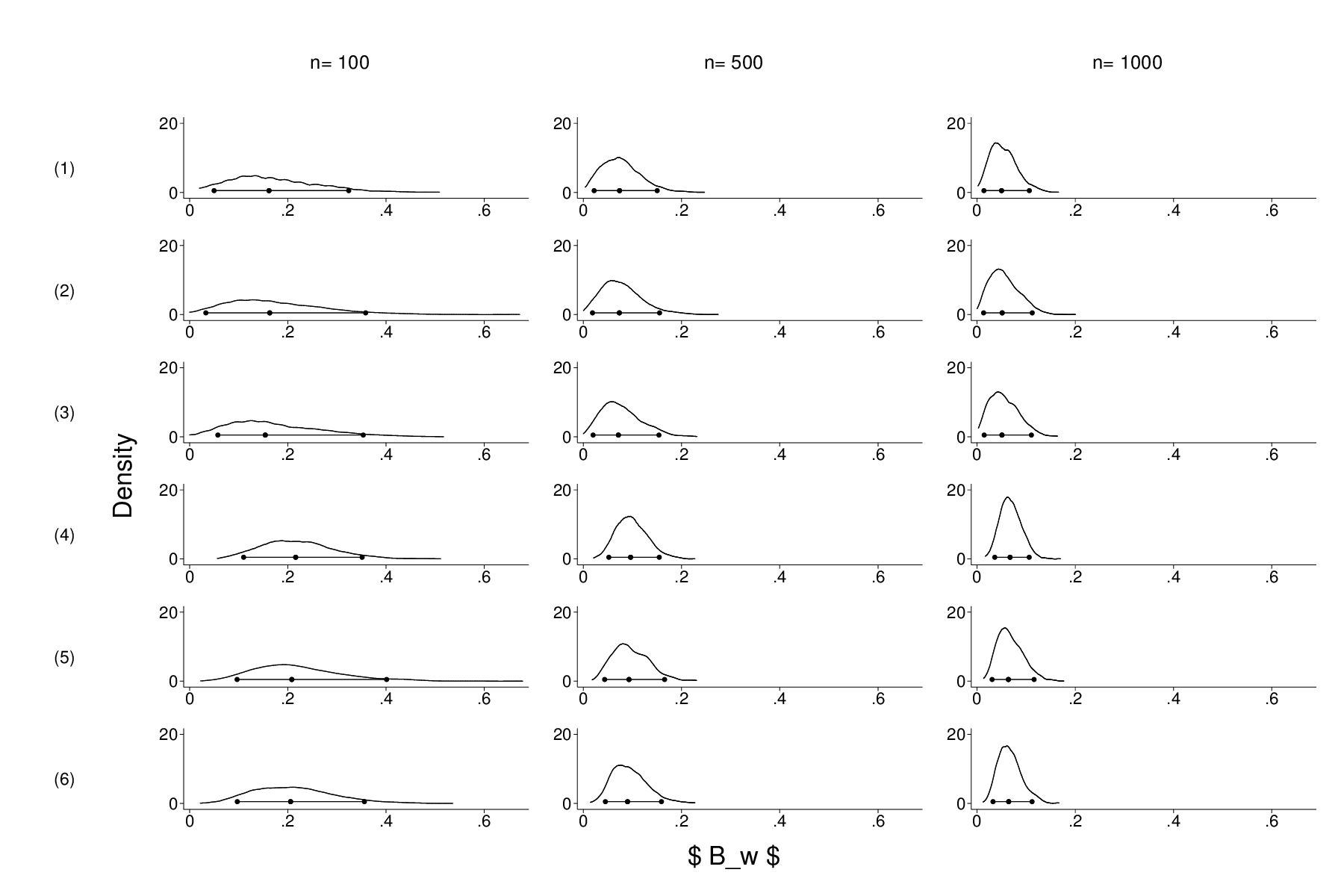Stata Software for Assessing Survey Bias
BinaryApe / Foter / CC BYIn a recent paper, we derive various multinomial measures of bias in public opinion surveys (e.g. pre-election polls). Put differently, with our methodology, you may calculate a scalar measure of survey bias in multi-party elections. Thanks to Kit Baum over at Boston College, our Stata add-on surveybias.ado is now available…
